Classic patterns that never age
MY TAKE ON CLASSICS“I believe classic patterns can be everlasting, and elevate our spaces in a way that almost nothing else can – they create a sense of sophistication and thoughtfulness that is hard to match.”
I’ve always been drawn to patterns – whether that be when choosing my bed spread as a child, in art, or in my work as a designer – I believe classic patterns can be everlasting, and elevate our spaces in a way that almost nothing else can.
Give me a choice between a plain cushion and a patterned one, and I’ll choose the latter almost every single time. Patterns add visual interest and texture, even where there may be none, and create a sense of sophistication and thoughtfulness that is hard to match.
There are so many patterns that have stood the test of time – paisley, polka dots, and argyle all spring to mind. But there’s a few more that I feel are truly timeless, especially when used in interior design, styling and decor applications.
Enter: my favourite classic patterns.
Houndstooth
Possibly the absolute GOAT of classic patterns – houndstooth may take the cake of my all-time favourite. If you’re an Aussie like me, your mind probably goes straight to DJ’s branding (the Australian department store, David Jones), and for good reason.
Dating back centuries, the pattern has always been a mainstay in fashion for functional purposes. But it wasn’t until the 1930s that it really took off, most notably when Edward VIII posed for Vogue in 1934 in a custom houndstooth suit. Since then, it’s always been associated with sophistication and high-fashion.
Lately I’ve seen the pattern popping up more and more in interiors upholstery. And while it’s most commonly produced in a classic black and white print, remixing it into more earthy and natural tones adds a softness to it without detracting from its sophistication.
I’m currently obsessing over the Giovanni cushion range from Weave Home, which comes in a number of muted tones that I think are just stunning.
Stripes
My next guest needs no introduction. From awning to pinstripe, hairline to chalk – there’s so many different striped patterns to choose from, and you really can’t go wrong whichever you choose. However, stripes not only look good, they can also serve a functional purpose in interior design.
Pairing different types of stripes together can help create contrast and when bold, they can add depth to a space – whether that’s in a cluster of cushions or when applied through wallpaper.
In interior design, stripes can often act as an optical illusion, making a space or object feel bigger than it really is.
Bold vertical awning stripes like the Sandberg Magnus wallpaper below can make a room appear taller and draw the eyes up, where horizontal stripes can make a space feel wider. And they’ll look good while doing it, what’s not to love?
Gingham
Most notably known for it’s application in red and white on picnic blankets and other outdoor textiles, gingham is another centuries-old classic that has stood the test of time.
Commonly characterised by its contrasting check pattern, gingham is a simple yet effective way to add character to interior spaces and textiles.
When used in muted colours, the pattern can add a sense of playfulness and fun to a space – especially kids areas – while still maintaining a sense of style and maturity. Wallpaper and bedspreads like the below from Olive et Oriel and Selah & Stone are some of my favourite applications for this pattern.
Herringbone
With origins dating back to Ancient Egypt and Italy, one of the most common applications of the herringbone pattern in modern interior design is through flooring and tiles.
Becoming more popular in Australia, herringbone in flooring is a type of parquet floor most commonly found in traditional and noble homes in France and wider Europe. When used well in this application, it can add a custom feel that elevates a room.
In tiling, the herringbone pattern is most commonly used as a feature in bathrooms and kitchen splashbacks. When applied with smaller scaled tiles, it adds a level of detail and sophistication that takes these – often small – spaces to new heights.
I’m currently loving hand-hewn-look tiles, like the below from Rivoland, that give a space a sense of ruggedness and patina that is hard to replicate in plain modern tiles.
Plaid / Tartan
Much like our good ol’ friend stripes, plaid and tartan patterns have been around since the dawn of time and come in varieties too numerous for me to list here.
One of my favourite applications of this pattern in interior design is through textiles like throws, cushions and rugs. Luckily, there never seems to be a short supply of great items to choose from.
Generally characterised by an overlapping, asymmetric mix of checks and stripes, plaid and tartan can help create a sense of movement and depth in interiors, and when paired bolder colours can also be very playful.
As someone who also has Scottish heritage, I cannot express how much I am here for the trend of bold tartan wallpaper that appears to have been growing over the last few years.
There is something so daring about it in interior design (yes I’m looking at you Tom and Sarah-Jane from Season 18 of The Block) while still being all-enveloping and warm. I think it is its familiarity that makes its presence feel like a big warm hug to me.
summaryThere’s no shortage of patterns to choose from when it comes to interior design and styling, and while you can never go wrong with using any of the patterns above in your spaces, I believe there is a real sophistication that comes from knowing when and how to.
Houndstooth, plaid and tartan are a great way to elevate a space, while stripes can be a great way to play with the illusion of size in a room. Gingham can be playful and is great for kids spaces, while herringbone works great in the application of flooring and tiles.
However you decide to apply these patterns in your home, you’ll be safe thanks to their familiarity and everlasting qualities. Don’t be fearful of them – just dive in and get creative!
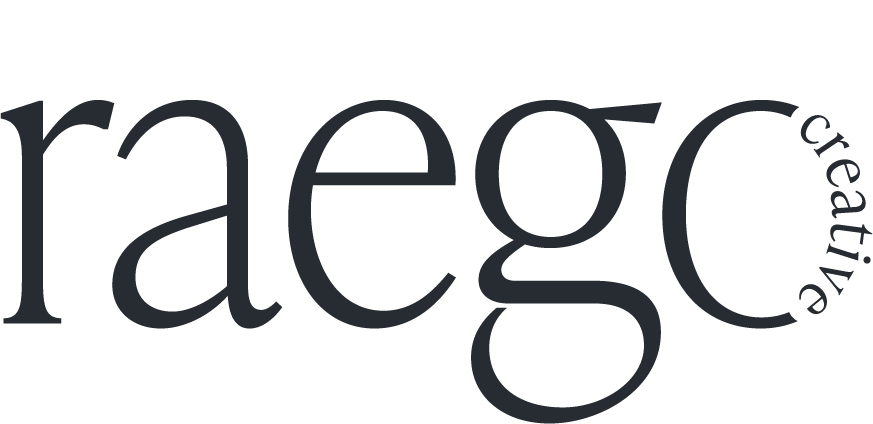


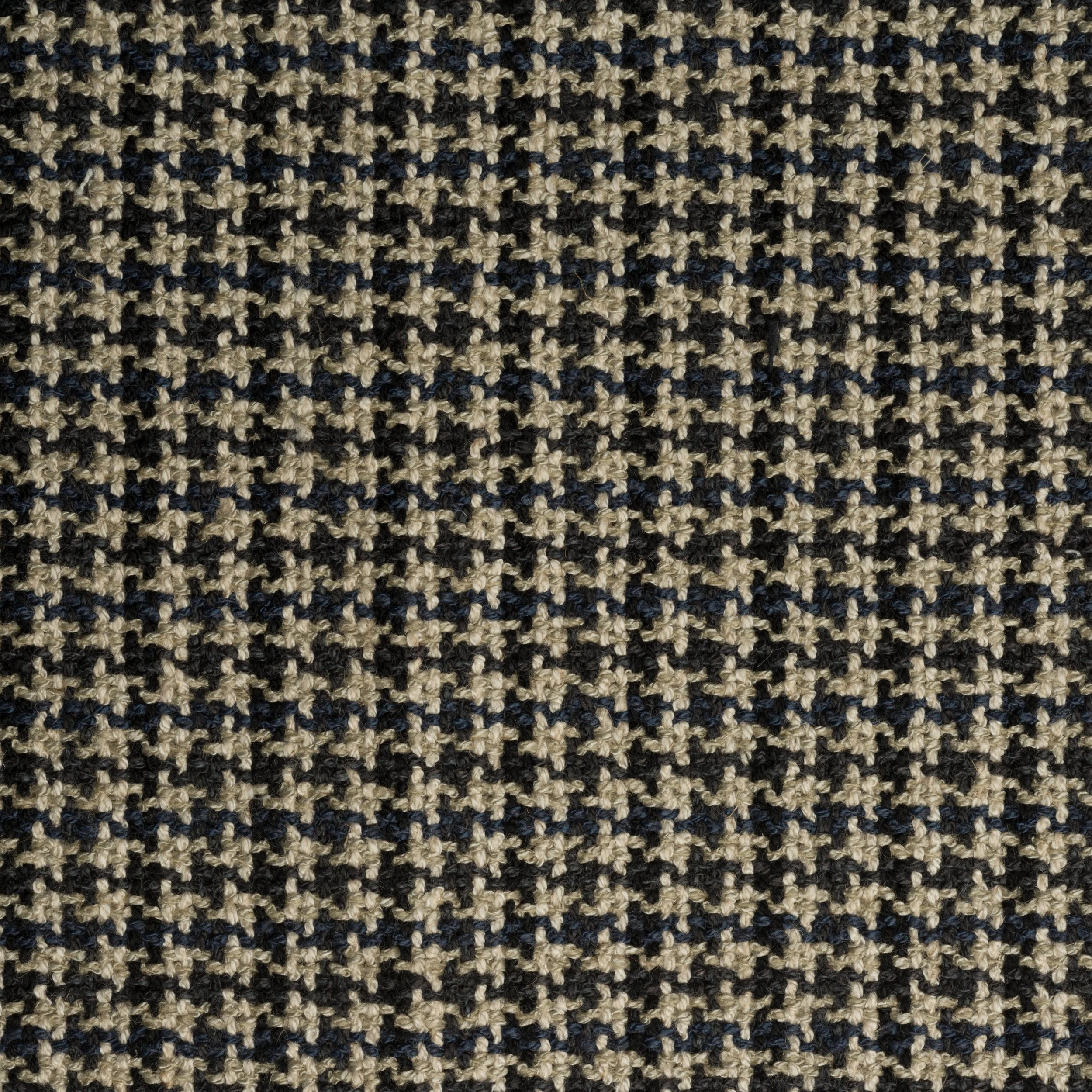





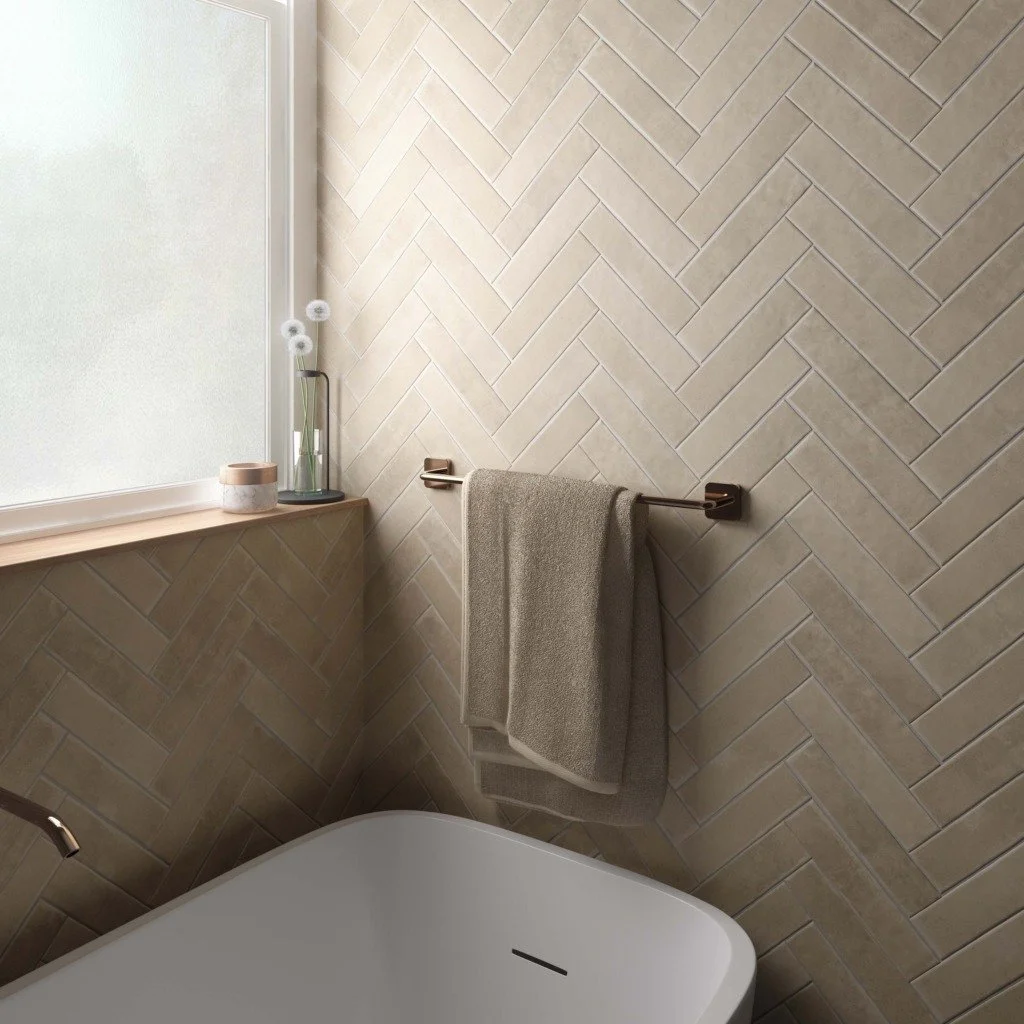

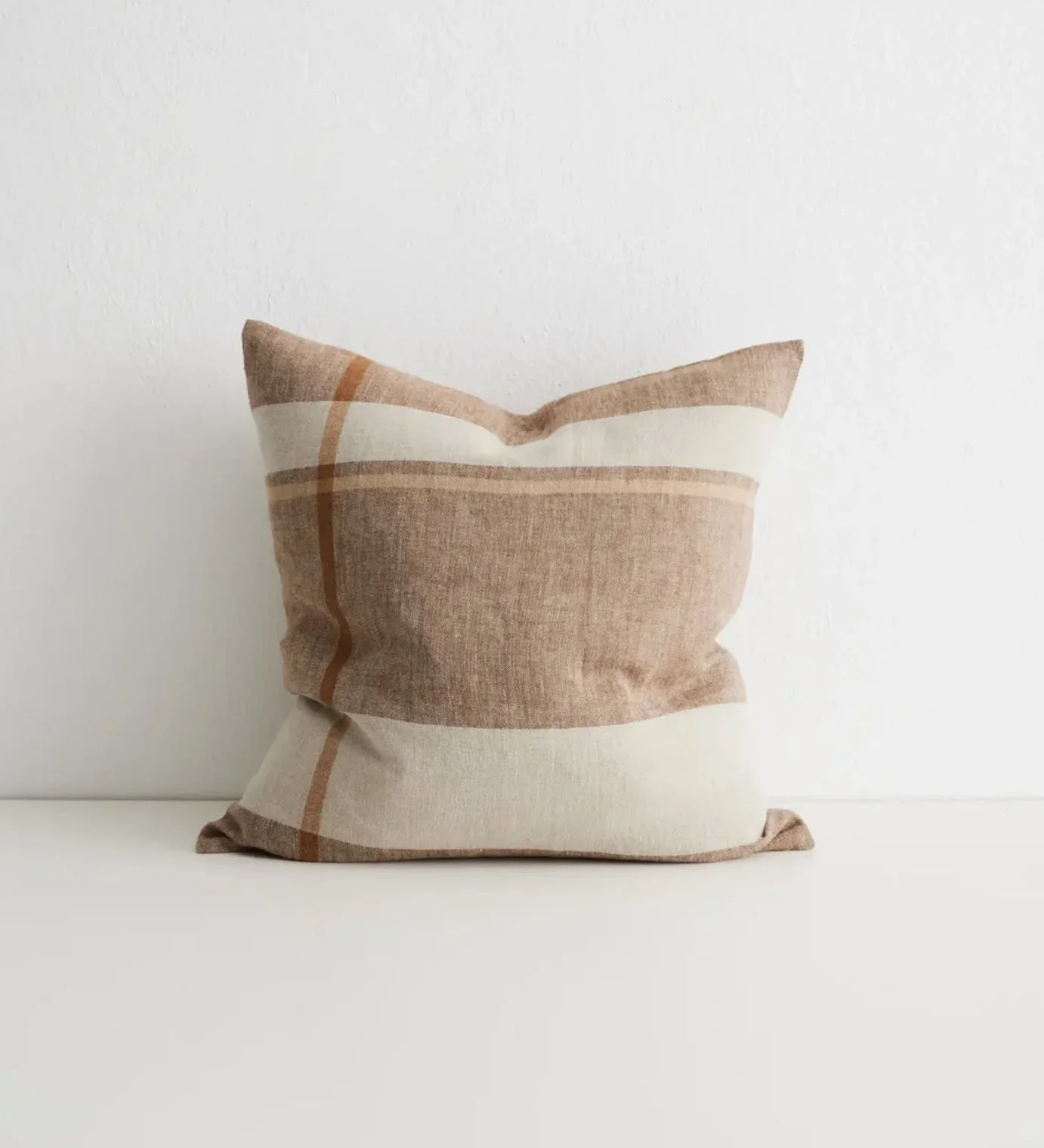
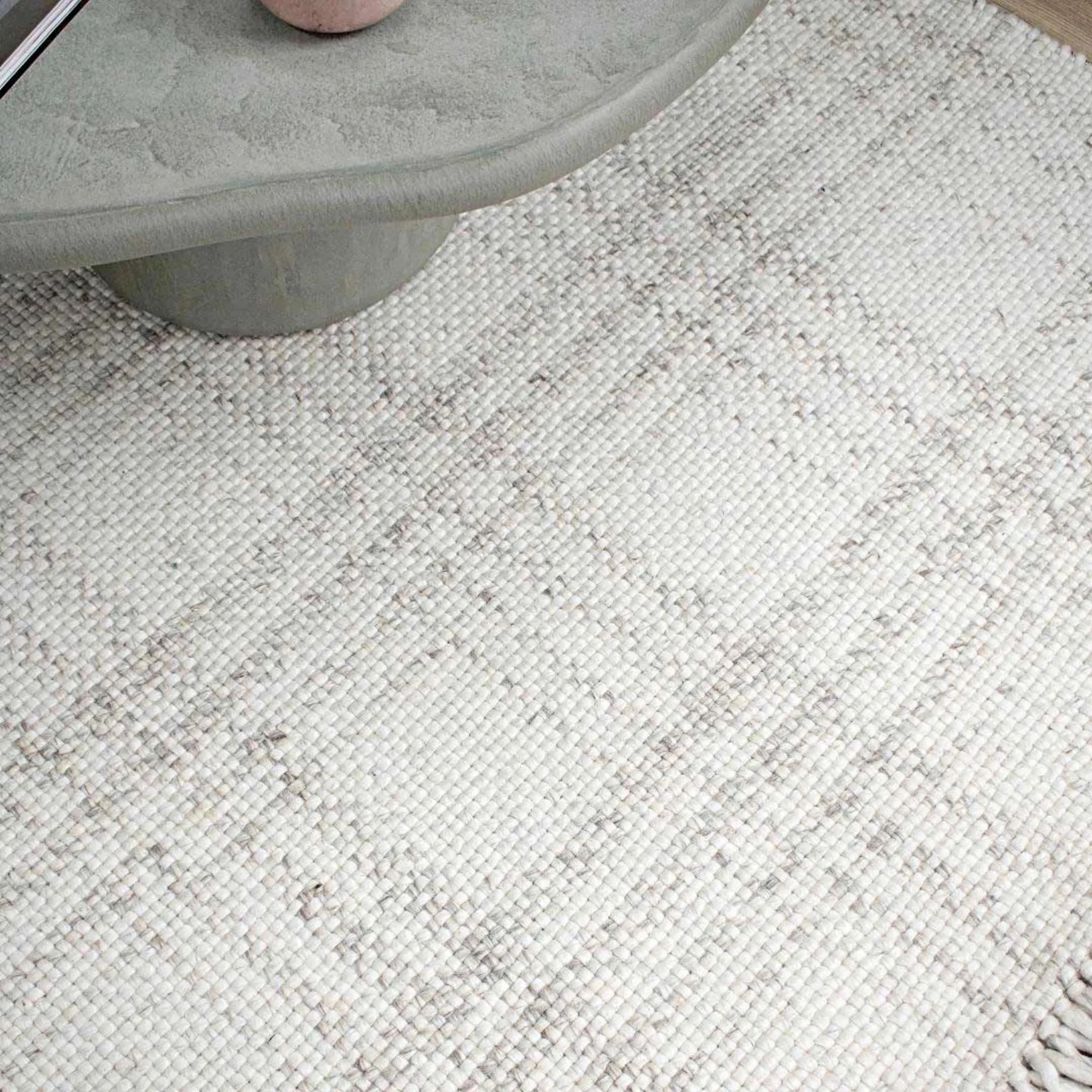



Inspiration is an important foundation for any project, and I’m sharing the places I go to find it as a designer.